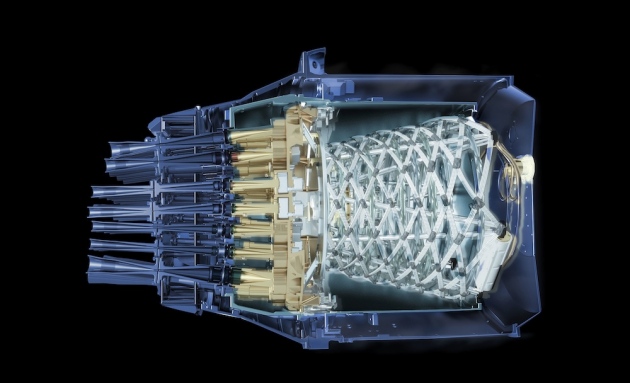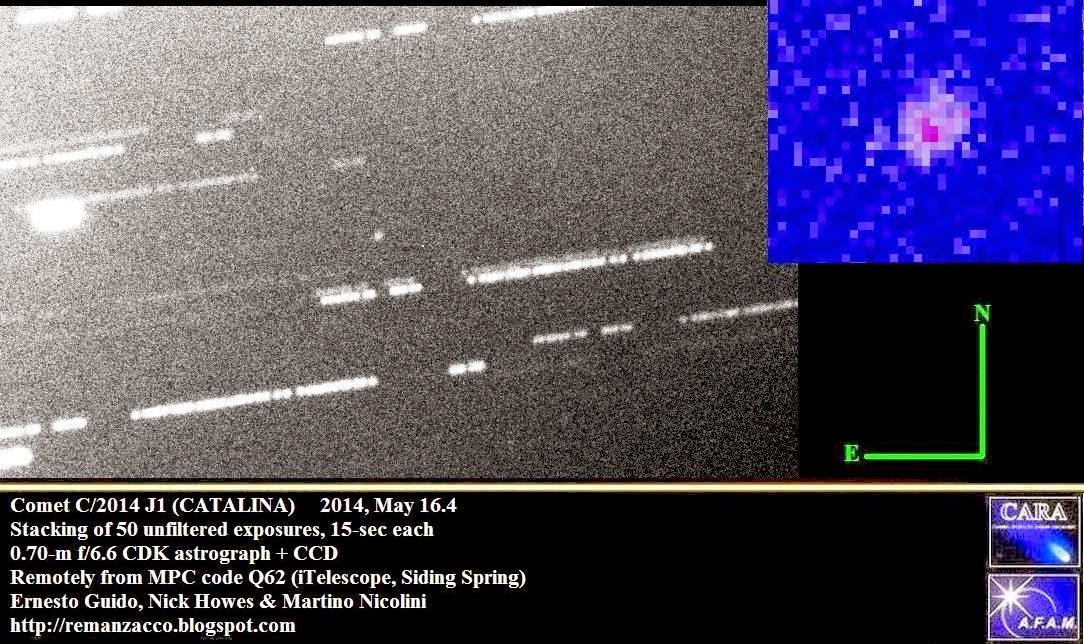
From the aerial images, the scientists discovered that fairy circles are distributed in surprisingly regular patterns, which might rule out the popular theory that termites are the creators.
"The occurrence of such patterning in nature is rather unusual," study researcher Stephan Getzin, of the Helmholtz Centre for Environmental Research (UFZ) in Leipzig, Germany, said in a statement. "There must be particularly strong regulating forces at work." [Image Gallery: Amazing 'Fairy Circles' of the Namib Desert]
Fairy circles are barren patches, typically surrounded by a ring of thriving vegetation. They can grow to be 65 feet (20 meters) in diameter and can linger for as long as 75 years.
For the past several years, scientists have offered up a variety of hypotheses for why these rings form in the arid grasslands transitioning into the Namib Desert. Their explanations have ranged from grass-killing seeps of hydrocarbons to carnivorous ants to termite feeding patterns.












Comment:
Fairy circle mystery gets new explanation
Fairy circle mystery solved by computational modelling
'Fairy Circle' mystery solved?
Mysterious African 'Fairy Circles' Stump Scientists